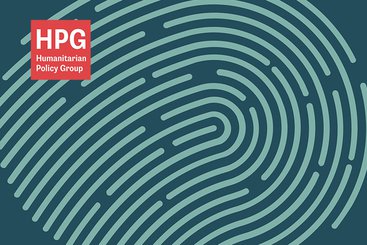Digital technologies are becoming an integral part of humanitarian responses and increasingly facilitate access to critical support in crises. At the same time, these digital tools are becoming intertwined with some of the humanitarian sector’s most enduring challenges, including that of inclusion. As well as ensuring assistance ‘irrespective of age, sexual and gender identity, disability status, nationality or ethnic, religious or social origin or identity’, inclusive responses are those that ensure not just equal rights but also participation in humanitarian action.
This paper brings together the key findings of research into digital humanitarian action and inclusion, asking what the impact of new digital approaches has been on how inclusion is understood and operationalised in humanitarian action. The Humanitarian Policy Group undertook three thematic case studies considering different technology areas: biometrics, geospatial mapping and social media. A total of 256 interviews were conducted with stakeholders and key informants, along with strategic engagement with the humanitarian and digital sectors. All the case studies drew on both global key informant interviews and country-level perspectives, including from the Rohingya response in camps in Cox’s Bazar, Bangladesh, and interviews with refugees and aid responders in Jordan, Venezuela and Uganda.



